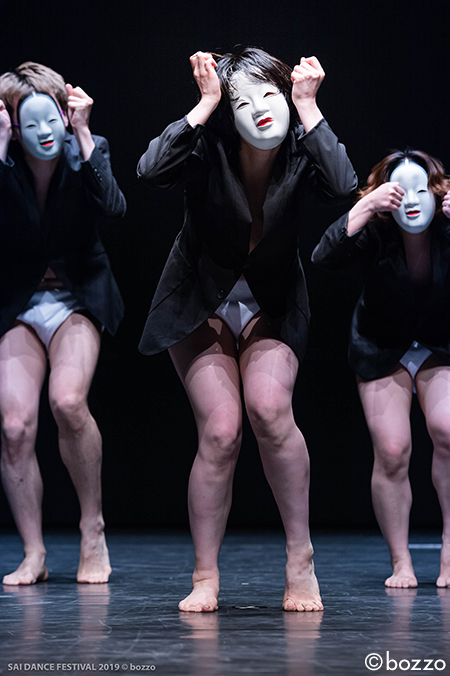
my choice, my body,
May.17, 2019 at Saitama Arts Theater – Adaptable Theater
Photo by bozzo
Nihon Buyo × Ballet × Theater
The seamless world of Ayane Nakagawa
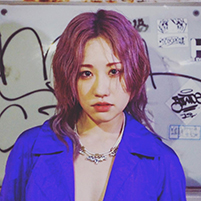
Photo by gnta
The leader of a dance company with the unique name of Suichu-Megane∞ (underwater goggles∞), Ayane Nakagawa (b. 1991) was the winner of three awards (the Jury Prize, French Embassy Prize for Young Choreographer, and the studio ARCHITANZ Artist Support Prize) in Yokohama Dance Collection 2021 for her work my choice, my body, in which she danced wearing a Noh mask. Having studied ballet and Nihon Buyo (Japanese traditional dance) from early childhood, Nakagawa went on to major in theater at university.

my choice, my body,
May.17, 2019 at Saitama Arts Theater – Adaptable Theater
Photo by bozzo
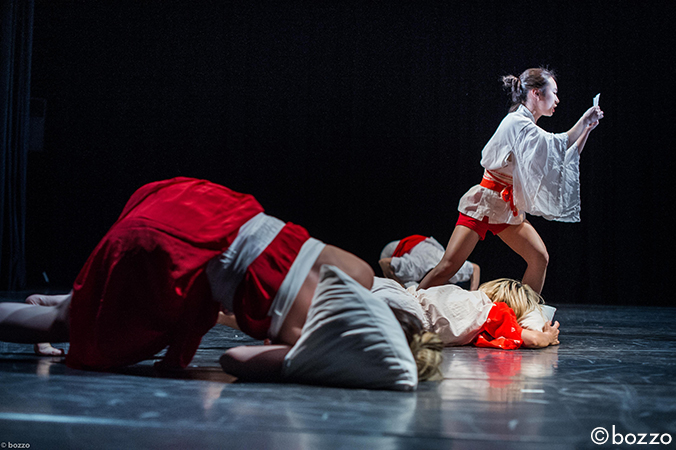
Modern・Pragmatic・Marriage theory
May.3, 2017 at Rikkoukai Hall
Photo by bozzo
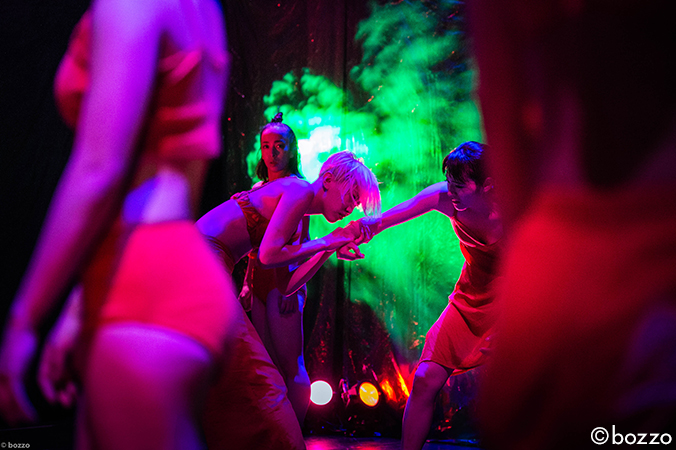
Endangered species
Oct. 11–13 at THEATRE1010 – Mini Theatre
Photo by bozzo
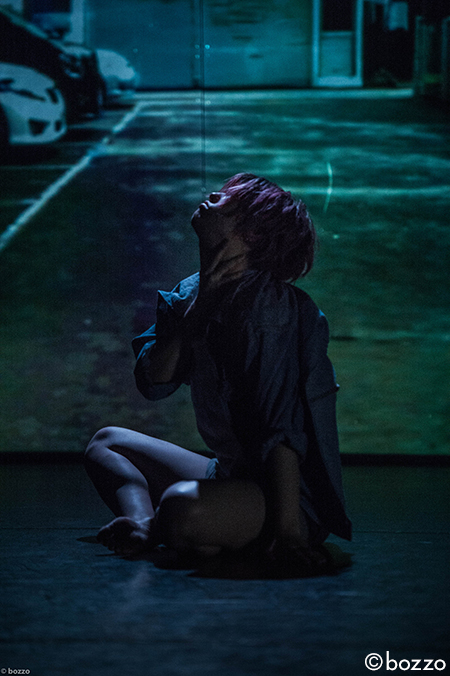
Out of effective range
Jul.25, 2018 at d-Soko
Photo by bozzo
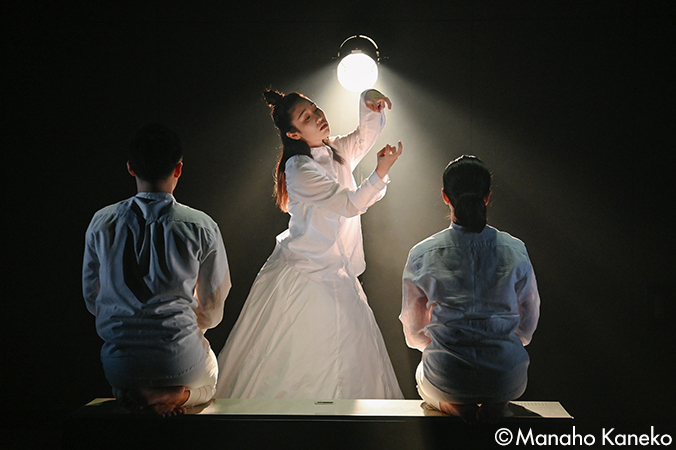
Shiki
Jul.8 – 11, 2021 at Kanagawa Prefectural Youth Center – Studio HIKARI
Photo by Manaho Kaneko